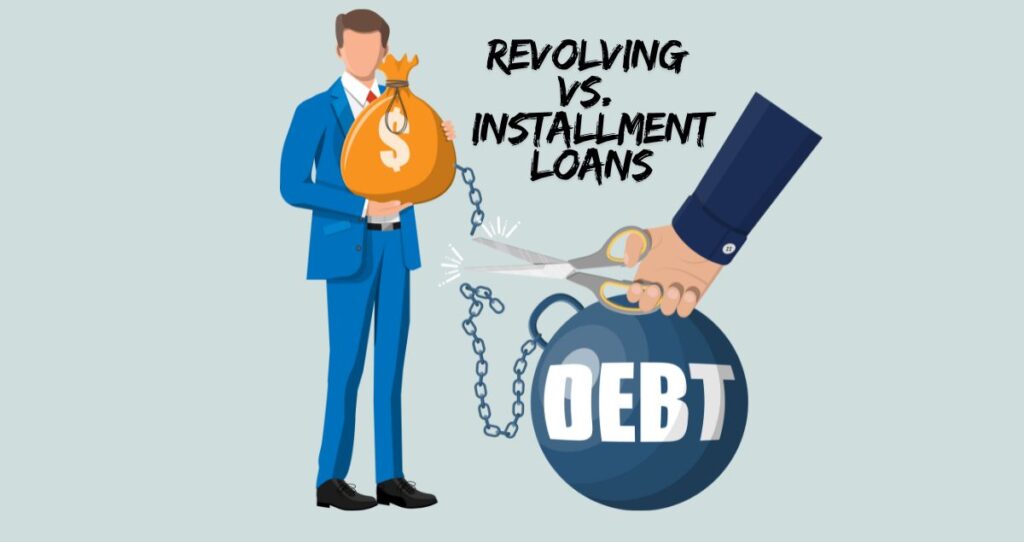Are you thinking of transferring your mortgage to another bank but feeling overwhelmed by the process? The idea of switching from one financial institution to another can be daunting. However, with the right information and guidance, transferring a mortgage to a new lender doesn’t need to be a stressful experience. In this article, I will show you how to successfully transfer a mortgage to another bank, how to qualify for lower rates, and tips to determine which bank will give you the best financial deal.
In order to transfer your mortgage to another bank, you will need to follow the refinance process. You can’t just hand over your mortgage to a new bank. You will need to apply for a brand-new mortgage at a different bank. Once approved for the new loan, you will sign a mortgage contract and start making payments to the new lender.
The following is a list of steps you need to take to transfer your mortgage to another bank and to evaluate if refinancing is right for you.
1. Estimate your closing costs, loan terms, and rates using an online calculator
Before you decide to transfer your mortgage to a new bank, you will need to evaluate if this decision makes financial sense. Refinancing your mortgage will cost you money. Closing costs usually range between 2% -6% of the refinancing value. A simple online refinance calculator can help you estimate the cost of refinancing, how much the property will cost you, and if you will be saving money. Also, make sure that you have saved enough money to cover these costs. In case you don’t have these closing costs, ask your lender to add these costs to your mortgage.
2. Shop around and get different quotes
If you are not happy with the terms of your current mortgage, you can easily transfer your loan to another bank. Depending on the reason you want to switch to another bank, you will need to shop around for a better deal. For example, if you are looking for a lower interest rate, you will need to shop around for banks that provide better refinance rates. Make a list of a few lenders and get quotes.
3. Get prequalified
In order to get the best terms and lock in a lower interest rate, you need to get pre-qualified for multiple lenders. Getting pre-qualified helps you compare different rates, closing costs, terms of the mortgage, etc.
4. Book an appointment/and show up at the appointment
Call a mortgage broker and book an appointment. You must be prepared to answer some basic questions about your current mortgage situation and why you are refinancing your loan.
You should also show up at the appointment on time. It is always a good idea to show up 10 to 15 minutes before the appointment. You might need to look at your broker’s websites or ask your mortgage broker about guidelines regarding covid-19 and musk requirements.
If you have a phone call appointment, make sure that your phone is updated and ready to talk at the time of the interview. You should also avoid having too much background noise especially when you have children at home.
5. Bring proof of your employment/and proof of your current mortgage
At the appointment, you should bring proof of your employment and documents that shows the ownership of your current mortgage. You also need to show your mortgage broker that you have been making payments on time and that there are no overdue payments on your records.
Since you are applying for a new loan, you need to provide information regarding your employer. Most lenders require two years of work history. If you are self-employed, you might need to show the last two years’ tax returns.
6. Your lender will run a credit check
In order to qualify you for the loan and give you better rates, your mortgage broker will run a credit check. Usually, your broker asks for your permission before pulling your credit report. Having a good credit score with no negative items on your credit report is crucial to qualify for better rates. Credit checks will result in a hard inquiry on your credit report which will lower your credit score between 5 to 6 points on average.
7. Fill out the mortgage application
Your new contract will require that you complete a mortgage application. So, make sure that you have all information needed for the application. Your full name, address, property address, income information, employer, etc. Again, you can ask your broker for all information and documents you will need to bring to the appointment.
8. If approved, sign your new mortgage contract
Once you have been approved for the transfer of your mortgage, you will then sign the new contract. After signing your mortgage documents, your mortgage will have been transferred to the new lender.
9. Start making payments to your new lender
After transferring your mortgage to another bank through refinancing, your mortgage payments will go to your new lender. According to LendingTree, Mortgage payments are made in arrears. Meaning that when you make a payment, you are not paying for the current month. Instead, you are paying for the previous month. For this reason, your first mortgage payment is not due in the month after closing. Instead, it is due during the following month.
For example, if you closed your refinanced mortgage in March, your first payment won’t be due until May 1. Make sure that you understand all rules regarding your payments, due dates, fees, and charges. Always pay your mortgage on time to avoid late payment fees, defaulting on your loan, or foreclosure.
Why should you transfer a mortgage to a new bank?
Your mortgage can easily be transferred from one bank to another. The reasons to transfer your mortgage can vary depending on your financial situation and the terms of your current loan.
Transferring your mortgage to another lender through refinancing can allow you to lower your monthly payments, change the terms of your loan, get equity out of your home, or consolidate your debts.
For example, if interest rates went much lower from the time you bought your dream home, you can refinance your mortgage for a lower mortgage rate. A cash-out refinance can also allow you to get equity out of your home. Many homeowners transfer their mortgages to new lenders to go from shorter terms such as a 15-year to longer terms such as a 30-year fixed-rate mortgage(FRM). Extending the terms of the loan helps you lower your monthly payments.
Related: When does it make sense to refinance a mortgage?
How much does it cost to refinance a mortgage?
Refinancing a mortgage comes with closing costs which will range between 2% to 6% of your mortgage balance, according to Rocket Mortgage. These costs will include application fees, title search fees, insurance, appraisal fees, attorney fees, etc.
When is it a good idea to refinance your mortgage?
It makes sense to transfer your mortgage to a new bank when you will reduce your interest rate. A rule of thumb is to refinance only when your new rate will be at least 1% lower than your current loan. Paying less in interest lowers your monthly payments which are essential in building equity in the home or simply paying it off fast. Since you pay closing costs, it is critical to evaluate the cost of refinancing and your overall savings. If you will not be saving money, then transferring your loan to another bank might not be such a good idea.
It will also make sense to transfer a mortgage to a new bank if you want to get cash out of your property. For example, let’s say that you want to do some renovations. Instead of getting a brand new short-term personal loan, you can tap into the equity in the house through refinancing.
Finally, it makes sense to refinance when the current terms of your mortgage are no longer favorable. For example, if you can no longer afford high monthly payments due to having a shorter term, you can easily get long-term and lower your mortgage payments through refinancing. Keep in mind that long-term will stretch the length of your mortgage which will cost you more money in interest charges.
If you have a lot of debts, refinancing your mortgage can help you consolidate your debts.









